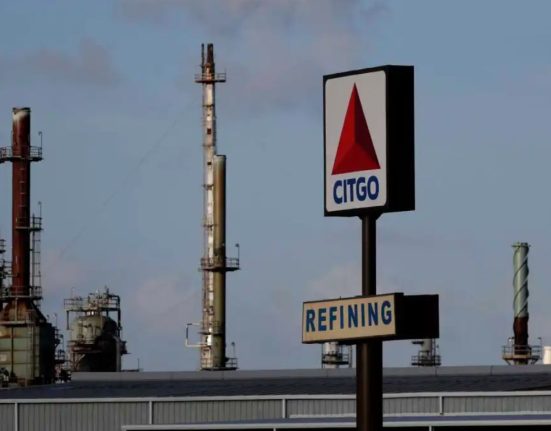The latest data from CME Group showed that traders reduced their open interest positions in crude oil futures markets by a small margin on Wednesday, while volume increased for the second consecutive session. This article will analyze what this means for the crude oil market and how CME Group’s products can help traders and hedgers manage their exposure to the world’s most liquid oil contract.
Open interest is the number of outstanding contracts in a futures market, and it reflects the level of participation and commitment of traders. A decrease in open interest can indicate that traders are closing their positions or taking profits, while an increase can signal that new entrants are joining the market or existing traders are adding to their positions.
Volume is the number of contracts traded in a given period, and it reflects the level of activity and liquidity in a futures market. A high volume can indicate that there is strong interest and demand for a contract, while a low volume can suggest that there is less enthusiasm or competition among traders.
On Wednesday, CME Group’s flash data for crude oil futures markets noted that traders reduced their open interest positions by just 680 contracts, partially reversing the previous day’s build. Volume, instead, went up for the second consecutive session, now by around 128.2K contracts.
These figures suggest that there was some profit-taking or risk reduction among traders after crude oil prices reached their highest levels since October 2018 on Tuesday, driven by expectations of stronger demand and tighter supply. However, the relatively small change in open interest and the continued increase in volume also indicate that there is still a lot of interest and activity in the crude oil market, as traders adjust their positions and strategies amid changing market conditions.
CME Group’s West Texas Intermediate (WTI) Light Sweet Crude Oil futures are the world’s most liquid oil contract, with over 1 million contracts of WTI futures and options trading daily, and approximately 4 million contracts of open interest. WTI is the go-to measure for the world oil price, with the U.S. producing and exporting record amounts of crude oil.
WTI Crude Oil futures and options are the most efficient way to trade the largest light, sweet crude oil blend. They allow traders to gain direct exposure to the crude oil market, hedge to minimize the impact of potentially adverse price moves on the value of oil-related assets, or trade to express their views on oil price movements.
CME Group also offers other liquid NYMEX energy benchmarks that can be spread with WTI to capture inherent price relationships, such as Brent Crude Oil futures, Henry Hub Natural Gas futures, RBOB Gasoline futures, and Heating Oil futures. These spreads can provide cross-margin savings, operational efficiencies, and lower costs for traders.
In addition, CME Group offers Micro WTI Crude Oil futures and options, which are 1/10th the size of the standard WTI contract. These smaller-sized products can provide more flexibility and precision for traders who want to fine-tune their crude oil exposure without sacrificing transparency.
The latest data from CME Group showed that traders reduced their open interest positions in crude oil futures markets by a small margin on Wednesday, while volume increased for the second consecutive session. This reflects the dynamic nature of the crude oil market and the diverse needs and preferences of its participants. CME Group’s products can help traders and hedgers navigate this market with efficiency and cost-effectiveness.










